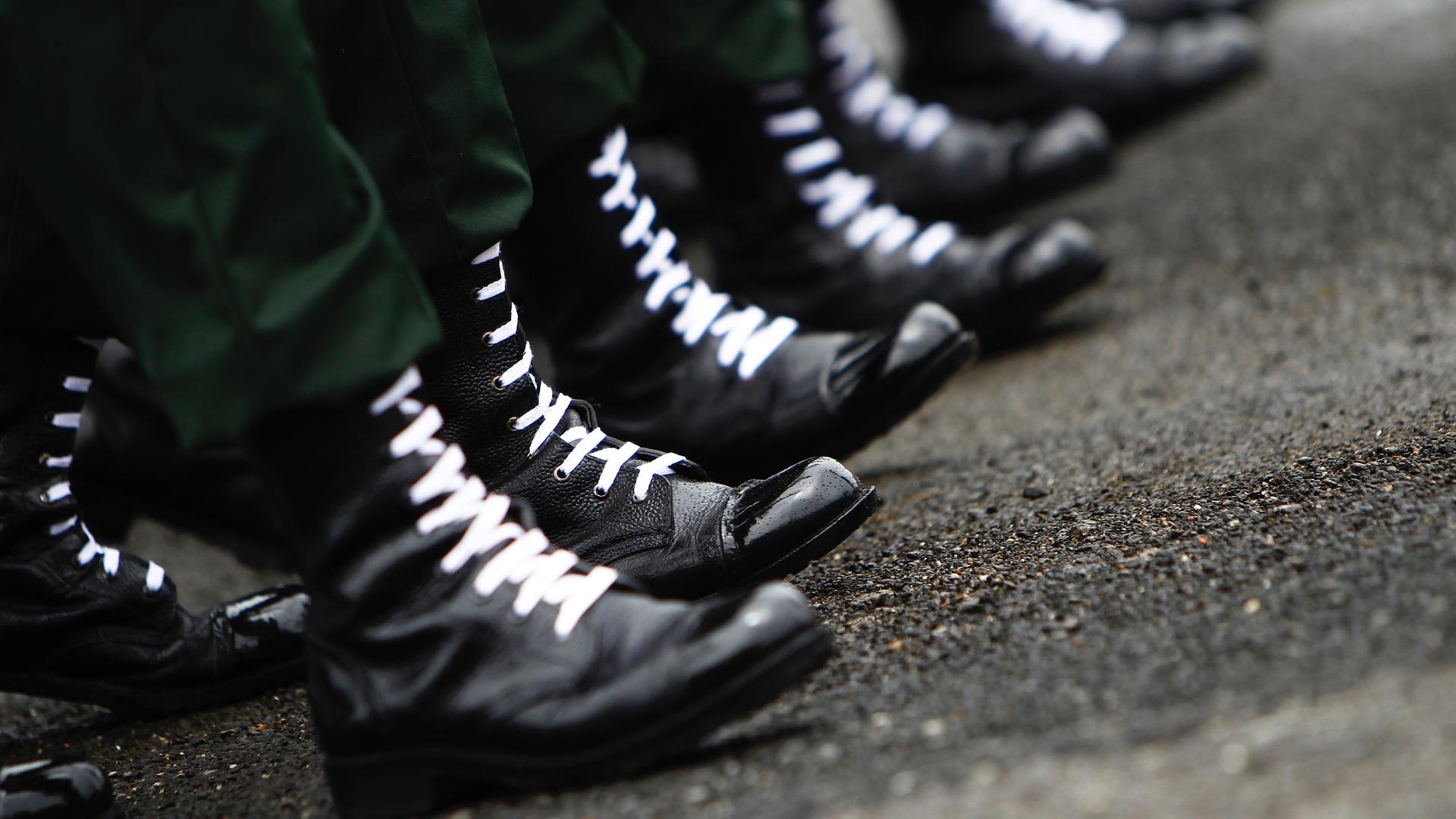This analysis was featured in Critical State, a weekly newsletter from The World and Inkstick Media. Subscribe here.
Last week, Critical State took a deep dive into research on the unseen labor that civilians do to rebuild society after armed conflict. The costs for that work are high, and are rarely acknowledged by the governments that benefit from it. This week, we look at new research on what happens when governments do acknowledge that work — at least long enough to exploit it.
Related: Civilian labor in reconstruction: Part I
In an article in the journal International Peacekeeping, Margaux Pinaud describes a situation in which the government explicitly turned to civil society organizations to monitor a ceasefire between government and rebel forces. In 2006, the government of Nepal and the Maoist rebel group that had been fighting it for the previous decade reached a ceasefire agreement. It was the fourth agreement reached during the conflict — the previous three had all broken down, leading to recriminations on both sides. By the time of the 2006 ceasefire, both sides were interested in new approaches to strengthening the agreement.
Related: Federalism in violence: Part I
They ultimately established a National Monitoring Committee for the Ceasefire Code of Conduct (NMCC), which would be charged with evaluating and reporting on both sides’ adherence to the agreement. To staff the NMCC, the warring parties recruited 24 Nepalese civil society groups and individuals — a mix of trade unions, professional associations, human rights activists and others. By relying on civilian labor to keep the peace in a conflict where civilians bore the brunt of the war, the thinking went, the peace might become more durable.
That bet worked, Pinaud argues. The ceasefire held from when it was established, in May 2006, to the signing of a long-term peace deal between the belligerents six months later. Pinaud interviewed 31 people involved in the ceasefire, and found that the NMCC was quite effective in the work it set out to do. In six months, it investigated 1,425 complaints of violations and highlighted the ones it found credible both directly to the parties and through the media. The openness of its fact-finding missions allowed the parties to better communicate about intentional violations versus unfortunate accidents, reducing distrust during peace negotiations. The NMCC also played an active role in the peace negotiations themselves, serving as fact-finders for the talks and advocating for a wide range of civilian voices to be included in the discussions.
Related: Peacekeeping work: Part II
There was, however, a cost to these efforts, which was borne disproportionately by the civilians who participated in the NMCC. There was a widespread belief that NMCC members favored the Maoist rebels, which undercut both the work of the commission and the reputation of commission members in their day jobs when they had to interact with pro-government figures. The NMCC itself was also under-resourced, requiring participants and their organizations to find outside funding and make do with their own uncompensated labor when funding was unavailable.
The country’s reliance on civil society groups also contributed to a lack of diversity among those monitoring the ceasefire. Civil society tends to be richer, more male and more associated with dominant ethnic groups than the countries they try to represent, and the NMCC was no different. Of the 24 members, only two were women, and the overall membership was overwhelmingly drawn from what Pinaud called the “English-speaking, Kathmandu elite.” Perhaps as a result, their reports made little mention of the problems faced by women and disadvantaged ethnic groups.
In all, Pinaud concludes that civil society can play a successful role in shepherding warring parties from the battlefield to the negotiating table. In order to do so, however, civil society groups must be willing to pay the reputational and logistical costs that come with such an effort, because governments are not going to cover either.
Critical State is your weekly fix of foreign policy without all the stuff you don’t need. It’s top news and accessible analysis for those who want an inside take without all the insider bs. Subscribe here.
